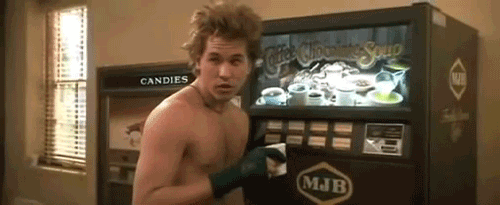Ok - Here is V8.something of the working schematic.
Here is my "theory" of operation. Remember my middle name is overkill...and danger....hmmm, danger overkill has a nice ring to it...
Power from my main US distribution panel, two pole split phase 30 amp breaker, 10-4 wire out to a 4 prong NEMA 35 amp rated outlet.
From that outlet is essentially a generator extension cord also rated at 35 amps. From there the machine plugs in with a 25 foot service cord 10-4 again, heavy duty designed to survive an apocalypse.
Power will enter the panel via a metal wire strain relief, and connect to the first set of terminal blocks. Although since I removed the fuse monitoring device to make room for 4 phoenix contact high voltage DC breakers to take the place of the original fuse idea for the stepper drivers, this connection may be made directly to the 3 phase fused disconnect. 25 amp class CC fuses are in the disconnect on two legs, one leg is unused. From there the hot legs will go to the panel isolator on the front panel, and back to independent terminal blocks creating power "rails". The neutral is switched at the initial disconnect but from there will go directly to a neutral bus. Ground and Neutral are tied together in the service panel, but kept isolated in the machine.
So essentially we have very well protected power in the box at this point, split phase 240/ two 120 "legs". One of the 120 legs will be used to power the control and safety systems which essentially means to power two switch mode power supplies. This is accomplished by routing power through a "control and safety master" switch which provides power to a separate 120v bus. From this bus power is routed to circuit breakers ("C" trip curves, I chose this based on considering SM PSU's as relatively inductive) one each for the respective power supplies. From the circuit breakers the power is routed directly to the SM PSU's. The 5VDC power goes directly to the Hicon Integra motion controller (hence the control aspect of the switch name). The 24VDC goes to a 24VDC bus located in a somewhat more strategic wiring location. The "negative" or zero outputs of both DC SMPSU's are tied together to remove any difference in potential between these two systems. Not done yet but likely to happen will be connecting this negative bus to ground to create a zero reference among all of the equipment in the cabinet (ground loop issues will be looked at if they pop up).
The rest of the wiring in this schematic is to work with my Dold Safety Relay, creating a E-stop circuit, and manual start/stop operation. This will likely vary depending on the design of the individuals safety system/relays used. But ultimately the goal is to control a Siemens contactor relay which will power the 65VDC 20A power supply which will feed power to the steppers. There is /now/ a suppression diode on the contactor relay to reduce the voltage spike from de-energizing the contactor relay.
Not drawn yet, but the power will go from the 65VDC PSU to 4 Circuit Breakers then on to the stepper drivers. There is also two 24vdc legs that go to the hicon to power sensors, not yet drawn.
The power for the 65VDC 20 Amp PSU is routed first through double pole 20A MCB then through the contactor, then to the PSU. Two of the coil wires are connected together to operate in series per 240V operating guidelines on this particular PSU. I know typically the MCB current rating is calculated at something like 125% of normal operating current, but I don't see this thing drawing that much current with the Nema 23 steppers I have....currently... (it could be a learning moment).
It's a start - and very much a living process.
-IM

